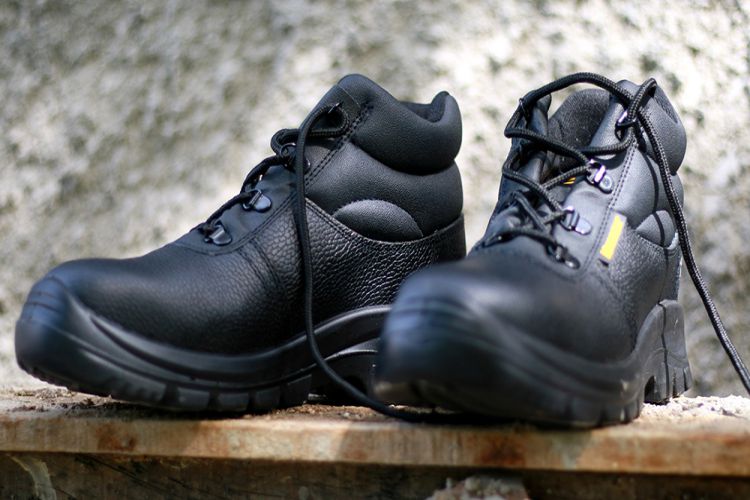 Heavy-duty boots, such as steel toe boots, may come to mind when considering work shoes. Many industrial and construction locations require footwear like blundstone boots, which have reinforced toes to protect the feet from hazards such as large items.
Heavy-duty boots, such as steel toe boots, may come to mind when considering work shoes. Many industrial and construction locations require footwear like blundstone boots, which have reinforced toes to protect the feet from hazards such as large items.
Steel toe boots aren’t the only type of footwear that may make work safer. Grip, ankle support, and other safety features can be found in other kinds of shoes and boots. To locate the correct foot protection for the occupations in your worksite, you’ll need to complete a hazard assessment and establish what kinds of risks—such as accidentally falling or sharp objects—pose a danger to your employees’ feet. Then choose shoes or boots that provide adequate protection.
Footwear may not appear to be as crucial for workplace safety as protective glasses or leather gloves, but they have many advantages. If anyone at your organization is skeptical about the importance of investing in safety boots, demonstrate to them how safety shoes can keep workers safe.
Safety Shoes Have the Following Functions:
Foot injuries can be severe, requiring time off work or making it difficult to accomplish tasks. Many foot injuries can be avoided by wearing safety shoes or boots in the following ways.
-
Guard Against Falling and Flying Objects:
Falling and flying objects are significant risks for employees carrying large materials or working in dynamic environments where numerous people, machines, and vehicles are operating simultaneously. Steel toe boots and other protective footwear can successfully avoid crushing injuries to the feet.
-
Preventing Punctures Wounds
Shoes with heavy-duty bottoms and thick materials encircling the foot provide the best protection when employees tread on sharp items or are struck by sharp things from above. Many sharp things, for example, could be in one’s path at a building site. A shoe with a soft sole may not be enough protection.
-
Keep Yourself Safe From The Dangers of Cutting.
Sharp or moving elements in the apparatus might provide a cutting hazard. Workers in the lumber industry, for example, are at risk from Chainsaws. The implications of a chainsaw clashing with somebody’s foot might be disastrous. Logging boots made of cut-resistant material, as specified by OSHA under standard 29 CFR 1910.266(d)(1)(v), will safeguard workers who use chainsaws. These ankle-supporting boots are also waterproof or water repellent.
-
Keep Yourself Safe From Electrical Dangers
In the workplace, electrification poses several hazards. Workers may be exposed to electric shocks or built-up static energy, resulting in electric discharges in some situations.
Non-conductive footwear consisting of leather, rubber, or other non-conducting materials can be worn to lessen the risk of an electrical mishap. Anti-static or conductive footwear can be worn in places where static build-up on the body is a risk. These alternatives limit the quantity of static on the body, reducing the risk of static electric discharges.
-
Safety Shoes, Footgear, and Foot Protection to Prevent Slips, Trips, and Falls
Unexpected slips and falls can occur in every workplace, resulting in numerous incidents each year. Businesses can lessen the danger of these disasters by employing housekeeping procedures and applying anti-slip floor tape. Slips, trips, and other mishaps can all be avoided with the right boots.
Summing Up:
An adage reads, “Better to be safe than sorry.” The blundstone boots with a fortified protective toe that protects you at work, whether it’s in factories, building sites, ports, nuclear power plants, or casinos. It can be rather hard to decide what footwear to wear daily. However, it can be challenging to know what to choose among the various types available when selecting safety footwear. Making an informed decision can be aided by referring to the crucial elements discussed above.

